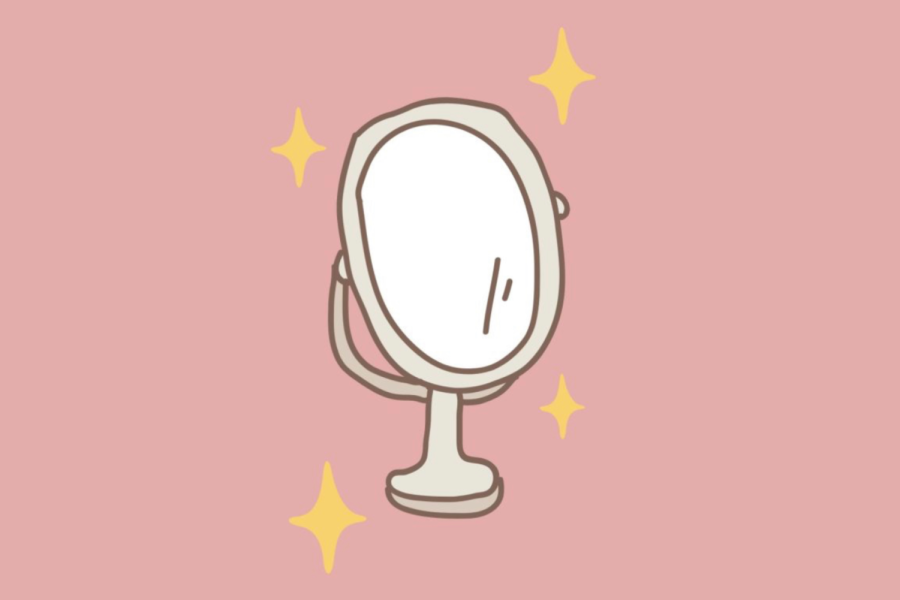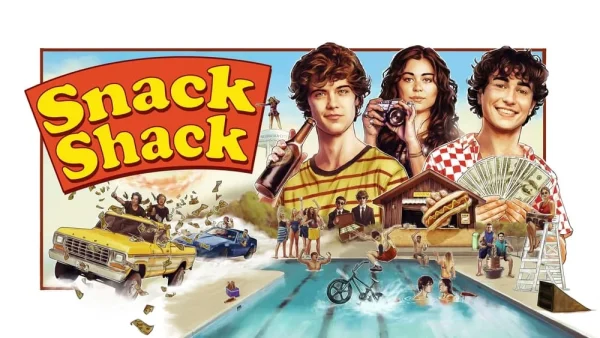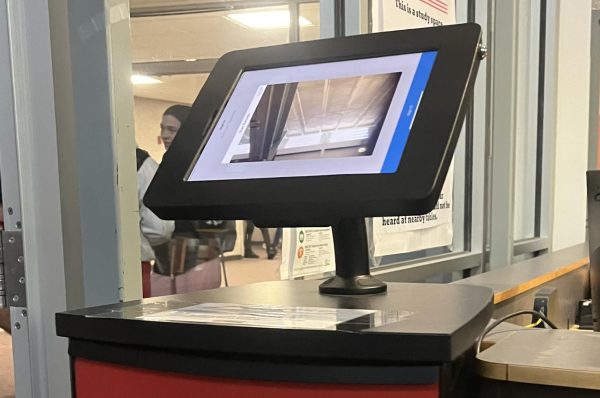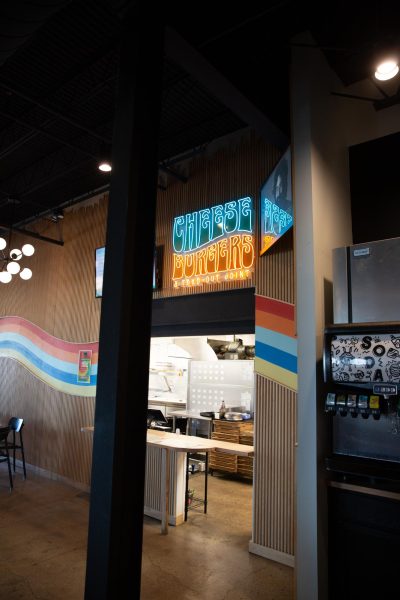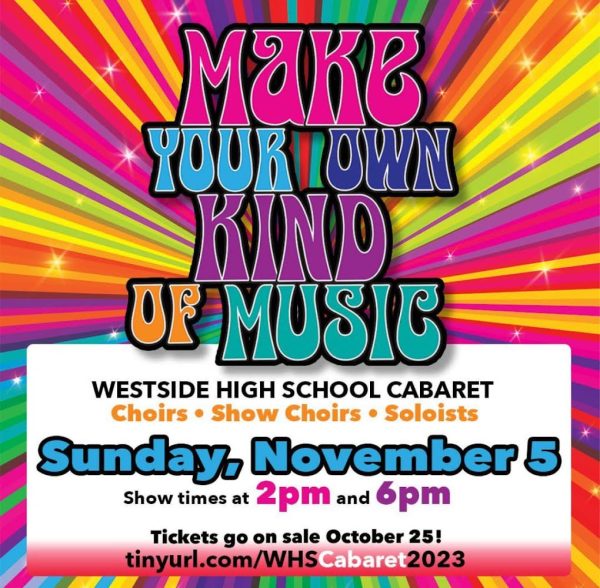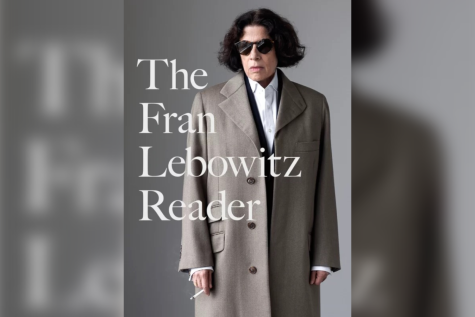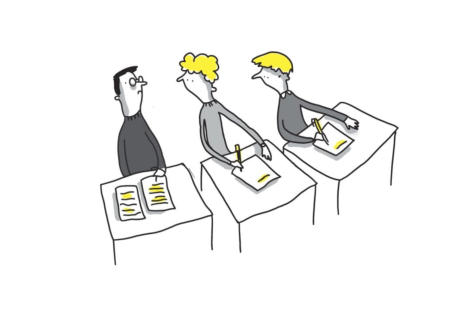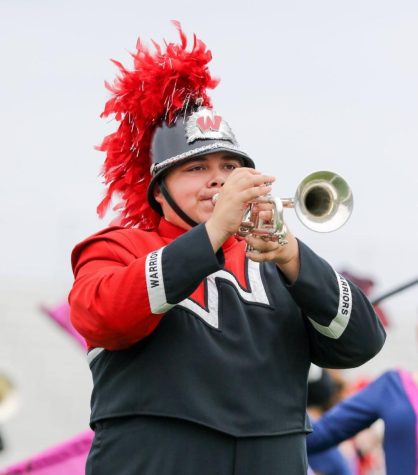Main Character Energy or Narcissism?
“Main character energy” has moved from social media into the daily lives of modern teens.
Over uneven cobblestones and through hordes of people, their well-dressed bodies stroll undisturbed through the city. At sidewalk cafes, they sip expensive cappuccinos without a care in the world; in the parks they sit in the sun, engrossed in a novel from a micro-publisher, as if the sun shines only for their sake. If time stopped, it would look like stills from a French new wave film.
On TikTok, videos with the hashtag #maincharacter have been viewed more than 8 billion times. In the last few years, the phenomenon, which has also been dubbed the main character syndrome, has confidently moved out of social media and into the everyday lives of young people who live in honor of a more or less imagined audience.
Some deliberately try to steal the show by dressing, behaving and surrounding themselves to attract the most attention. For others, a “main character moment” occurs when they experience (or create) a cinematic moment that could be copy-pasted directly onto a cinema screen.
Main character energy is thus something we can attribute to ourselves, but also give to others who inadvertently look like Carrie Bradshaw from “Sex and the City” while sitting in the window writing incoherent exam notes in an overpriced one-bedroom apartment.
The three types of main characters
The outgoing one: an extroverted showstopper who, in the party’s best outfit, stands on the bar counter or performs for their crush in the canteen. They are aware of their ‘main character energy’ and are at their best when all eyes are on them. Think Maggie in “Everything I Know About Love” and Heath Ledger’s performance in the stands in “10 Things I Hate About You”.
The introvert: a subtle main character who prefers to “not be like the others” and knows how to attract attention by sitting in the right place with the right book. But don’t be fooled, the introverted main character wants to be seen. Think of Ryan Gosling’s taciturn character in “Drive” and Zooey Deschanel in “(500) Days of Summer” who just wants to be allowed to love The Smiths.
The natural: The “I can’t help it”’ protagonist who occupies every room with a laid-back charm. You’ve almost certainly had a crush on this person at some point.
In pop culture, both often happen at the same time. Think of Tobias Rahim who, in his usual not-like-the-other-boys style, one day wants men to cry and back away, and the next he stands on a stage to sing about just that.
Or the main character Emily from the guilty pleasure hit series “Emily in Paris”, who in extravagant outfits stages her Parisian adventure on social media, while she can’t help all the French men who swoon over her attempts to pronounce Je m’appelle.
Main character energy is about considering life as a performance. This is explained by Louise Yung Nielsen from Roskilde University, who researches digital culture and internet fame.
“A great deal of young people’s lives take place online in an eternal dialogue with popular culture. Main character energy is a way of bringing something from the world of fiction into one’s social reality,” Nielsen said.
During the pandemic, the need to play a leading role on social media grew because we could not perform offline. This is what the American magazine The New Yorker writes in an article about the main character’s energy. Since then, many took the main character energy they had nurtured in the sourdough bubble of isolation into reality.
And if you combine shutdowns with a youth generation that has had enough of their elders telling them how to live their lives, according to Nielsen, it is perhaps not so surprising that the main character phenomenon is being cultivated by young people right now.
“There is no one to tell young people who or what they should be. The individual young person feels an increasing need to assume the role of narrator in his own life. They insist on being seen.”
If life were a plot, you stage yourself as the main role. It also means you have to start seeing everyone else as supporting characters who exist to contribute to your narrative. As the American influencer Ashley Corbo says in an episode of her podcast Trying Not To Care about main character energy:
“Why stress over roles that can be replaced?” Corbo said. “Your best friend might have made it to Season 2. But if they continue to treat you badly, it’s easy to kill their character and replace them before Season 3 starts.”
Although it may sound like an excuse for an endless ego trip, Corbo does not preach main character energy like modern narcissism. On the contrary, she believes– like a large number of other influencers, podcast hosts and internet personalities– that it is “self-care”.
In a survey by the American analysis institute YPulse, more than half of young people between the ages of 13 and 39 answer that they consider main character energy to be a good thing. And 44 percent respond that they actively prioritize their own happiness in order to feel like protagonists.
Therefore, among the main characters, it is almost sacred to romanticize everyday rituals by, for example, imagining that they are being interviewed about their morning routine, or filming themselves while they look longingly out the window. In this way, the private is thought into the rules of the game on social media, which reward attention-demanding behavior, Nielsen said.
“Social media cultivates extreme self-reflexivity,” Nielsen said. “On the one hand, some young people can experience the main character phenomenon as enormously empowering. But on the other hand, it can also contribute to the fact that young people can never relax, because they constantly see their lives from the outside through the eyes of an audience.”
According to her, main character’s energy can especially help young women claim their place in the world and not apologize for taking up space. And on TikTok, far more women than men appear in the ever-growing main character feed.
But even though several self-help profiles on TikTok and Youtube provide guides on how to get main character energy, the trend also faces criticism for walking on the unfortunate side of the very thin line between selfishness and self-love.
On the Vice-owned online media Refinery29, a columnist writes that the pursuit of becoming the main character just made her bitter when others experienced success that she herself did not have. And back at the hearth, TikTok uploads several parodies of main roles that use main character energy as a cover for pure selfishness.
And while the main characters and their critics fight for the last hashtag, proud supporting roles step out of the shadows with side character vibes and funny one liners.
Maybe in the future we will have to keep an eye on the main character’s best friend?
Your donation will support the student journalists of Omaha Westside High School. Your contribution will allow us to purchase equipment and cover our annual website hosting costs.
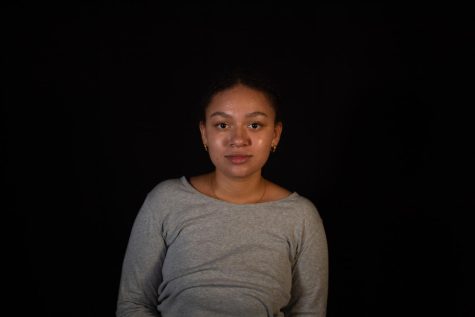
Hi, I’m Marylee Vogt and I’m a staff writer for Westside Wired. I’m a sophomore and this is my first year on Wired. A fun fact about me is that I...


